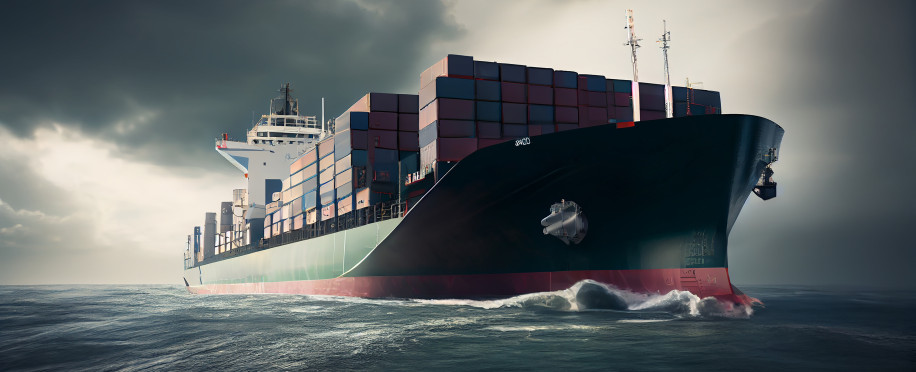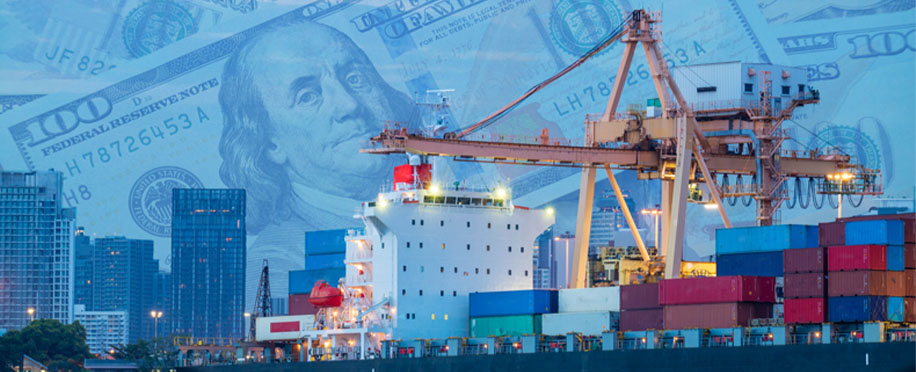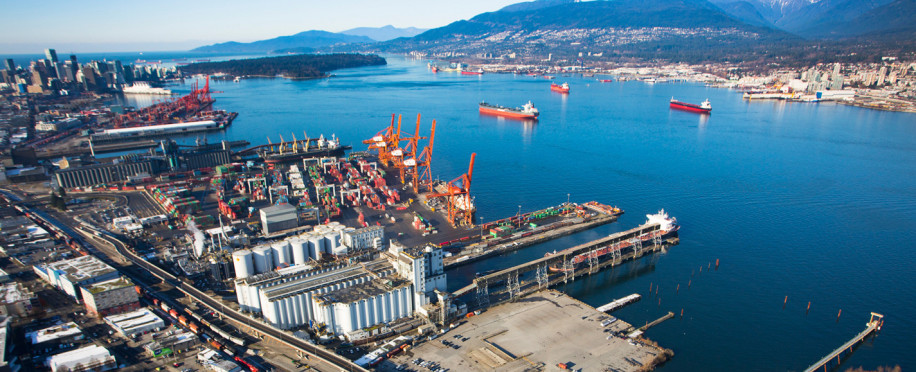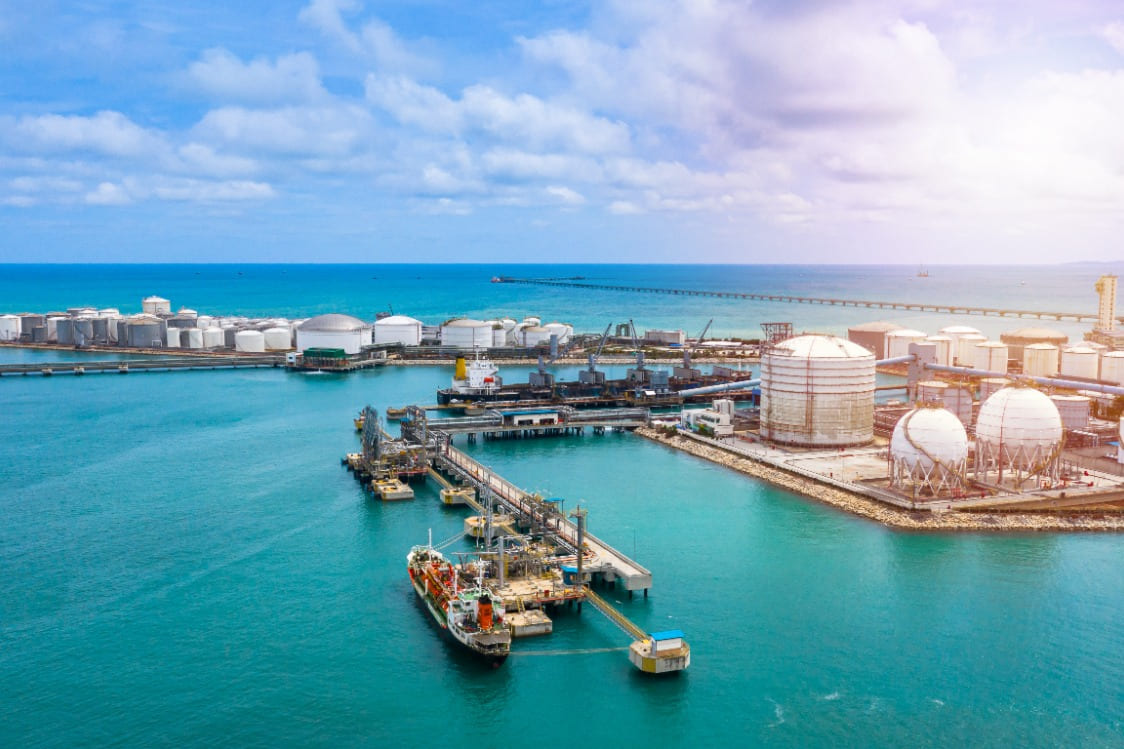Understanding Vessel Depreciation Methods in Maritime Accounting

Posted on Apr 22, 2024 at 11:04 PM
Vessels or boats are part of the maritime industry assets, thus, as with any other assets, you must consider the vessel depreciation factor when buying, maintaining, or selling.
Moreover, vessel depreciation is an important rate that you need to consider in any purchase process, as in one way or another, it impacts the current price and future asset value.
Today, we are going to share with you important information about vessel depreciation, how you can calculate your boat depreciation rate, and the special depreciation calculating methods of various vessels.
What Is Vessel Depreciation?
Vessel depreciation term refers to the decrease in value of the maritime asset, including commercial ships, fishing boats, catamarans, personal yachts, inflatable boats, or any other kind over time due to various environmental and usage factors.
The rate of depreciated boat differs depending on many factors, like wear and tear, obsolescence, usage rate, type of usage, market condition, and ageing.
Moreover, boat depreciation is one of the best practices for ship finance and accounting management in maritime accounting and finance, It is used to calculate the gradually expensed vessels' value over their useful life to reflect their expected decreasing value.
The boat depreciation helps maritime stockholders and companies to accurately expect the decrease in value of their vessels over time and plan for future purchases based on accurate price numbers.
How to Calculate the Vessel Depreciation Rate?
The depreciated valuation sheet is your straight way to evaluate your income, depreciate your property taxes, and set the best marine insurance practice offshore and onshore.
According to the professional maritime accounting courses in London, if you want to calculate the vessel depreciation rate, then you need to determine many other values, including:
-
Determine the initial cost of the vessel, which includes the original purchase price and any additional costs such as taxes, equipment fees, improvements, and delivery charges.
-
Estimate salvage value which is the expected value of the vessel at the end of its useful life cycle. Which is the average estimated period in which the boat can meet its acquired purposes on the water.
-
Calculate depreciable cost of the boat by subtracting the salvage value from the initial cost to know how much a boat will lose from its capital value or be depreciated.
-
Figure the depreciation rate by dividing the depreciation cost by the initial cost of the boat, and then multiplying by 100 to convert it to a percentage.
The 4 Major Methods of Vessel Depreciation:
There are several main methods to calculate vessel depreciation and deduction of depreciation, moreover, as setting the depreciation allowance, however, choosing which method you could follow totally depends on your business size, determined transportation, shipping limit, and type of boat.

-
Straight-Line Depreciation:
In this vessel depreciation operation, the depreciation costs are equal in all the useful life cycles of the ship. This means that this method expects the same amount of depreciation for each year of all depreciated vessels.
-
Declining Balance Depreciation:
With this method, the maximum vessel depreciation rate is expected in the first few purchased years and a reduced depreciating rate in the last years of the expected value life cycle.
This approach works based on the idea that assets often lose more value in the earlier years of use, as most boats lose some of their value from the moment of purchase.
-
Sum-of-the-Years' Digits Depreciation:
This method depreciates listed vessels by summing the numbers of the useful life years and then dividing the number of each year by the resulting number to get the depreciation schedule rate. Based on the basic concept that more depreciation is recognised in the earlier years, gradually decreasing as the asset ages.
You may say that the declining balance depreciation and the sum-of-the-years digits depreciation methods are similar, as they both use a changing rate in the first years, yet the difference is that the declining balance depreciation uses a fixed annual depreciation rate, while the sum-of-the-years digits depreciation differ.
-
Units of Production Depreciation:
Here, the vessel depreciation rate is based on how much you use the boat instead of by time or year. The cost per unit of production is calculated, and depreciation expense varies accordingly, reflecting the actual wear and tear on the asset.
This vessel depreciation method reflects the actual wear and tear on the boat due to its usage in business operations.
One last point,
The whole concept of depreciated vessel rate aims to reduce your business tax rates and improve your financial health and balance through the years. Moreover, allows you to set an effective replacement plan for your vessels or boats.
However, to ensure an effective vessel depreciation strategy you must hire well-trained accountants who know how to plan the best financial strategy based on your vessel depreciation rate.





